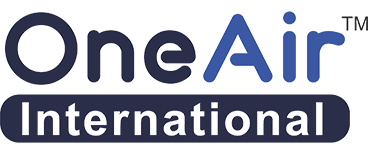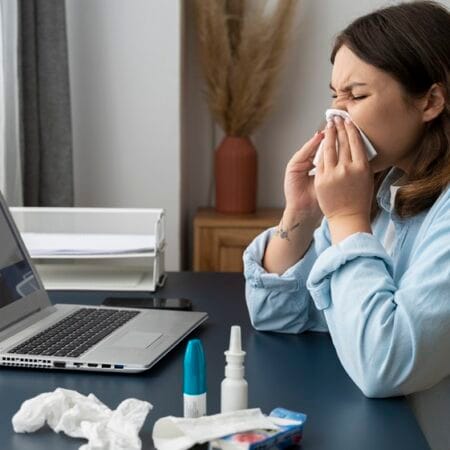
Sinus infections are common, especially during the transition period from winter to summer. The changing weather, fluctuating temperatures, and allergies in the air can lead to sinus issues. A sinus infection occurs when the sinuses become inflamed due to viral, fungal, or bacterial infections. This leads to headaches, congestion, facial pain, and difficulty breathing. During winter, cold air and indoor heating dry out the nasal passages, making them more prone to infections. As the weather shifts towards summer, allergens like pollen and dust aggravate the symptoms, making them worse.
Causes of Sinus Infections
Sinus infections can be caused by bacteria, fungi, viruses, or allergies. During winter, cold air dries out nasal passages, making them more susceptible to infections. Heating systems reduce humidity indoors, which increases irritation. As winter ends and summer approaches, allergens like dust and pollen become more active, causing inflammation. People with allergies are more likely to experience sinus problems during these seasonal changes. Other causes include nasal congestion, a weak immune system, and structural issues. Respiratory infections from a cold or flu can also lead to sinus infections.
Common Symptoms
Sinus infections have symptoms similar to the common cold, but they last longer. The most common symptom is nasal congestion, which makes it difficult to breathe. People may also experience sinus pressure around the forehead, cheeks, and eyes. Other symptoms include thick nasal mucus, which may be yellow or green, a sore throat, headache, fatigue, and a reduced sense of smell and taste. In some cases, fever and ear pain may develop. During seasonal changes, symptoms can become more intense. If the symptoms last more than 10 days, it may indicate a bacterial infection that could require medical treatment.
How Seasonal Changes Affect Sinus
The shift from winter to summer can trigger sinus infections due to sudden temperature changes and increased allergens. Cold air dries out nasal passages, and heating systems contribute to dryness. As summer approaches, pollen levels increase, triggering allergic reactions in many people. Dust levels also rise, further irritating the sinuses. Sudden shifts between warm and cold air, such as moving from an air-conditioned room to outdoor heat, can worsen symptoms. People with weak immune systems or respiratory conditions are more prone to sinus infections during this period.
Treatment Options
Treatment for sinus infections depends on the cause. Viral infections usually resolve on their own within 10 to 15 days. Rest, hydration, and steam inhalation can help relieve symptoms. Over-the-counter pain relievers may also be useful. If the infection is bacterial, a doctor may prescribe antibiotics. Using saline nasal sprays can clear out mucus and relieve nasal congestion. For severe infections, a doctor may recommend additional treatments. Treating sinus infections at an early stage is important to prevent complications and further health issues.
Preventing Sinus Infections During Seasonal Changes
Preventing sinus infections is easier than treating them. During winter, using a humidifier helps keep nasal passages moist and prevents dryness. Staying hydrated and avoiding excessive indoor heating can also reduce the risk of infections. As summer approaches, limiting exposure to dust and pollen can help prevent sinus problems. Wearing a mask while cleaning or spending time outdoors can reduce allergen exposure. Regular nasal rinsing is also important in clearing out irritants. Avoiding sudden temperature changes by dressing appropriately and staying in moderate temperatures can help. Strengthening the immune system through a healthy diet and regular exercise can also reduce the risk of infections.
Managing sinus infections is important and can be done with hydration, humidifiers, and nasal rinsing. Preventive care is more important than treatment in reducing sinus problems. By taking proper precautions, you can enjoy better respiratory health and avoid sinus infections during seasonal changes.





